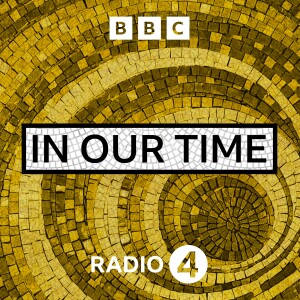
Melvyn Bragg and guests Richard Corfield, Jane Francis and Sanjeev Gupta discuss the geological formation of Britain.Around 600 million years ago the island that we now call Britain was in two parts, far to the south of the Equator. Scotland and north-western Ireland were part of a continent (Laurentia) that also included what is now North America. To the south-east, near the Antarctic Circle, meanwhile, you would have found southern Ireland, England and Wales. They formed a mini-continent (Avalonia) with what is now Newfoundland.Over the course of hundreds of millions of years, as they inched their way north, the two parts came together - first as part of a vast unitary continent (Pangaea), later as a promontory on the edge of Europe, and eventually, as sea levels rose, as an island. The story of how Britain came to be where it is now, in its current shape - from the separation of North America and Europe to the carving out of the English Channel - is still being uncovered today.Richard Corfield is Visiting Senior Resarch Fellow at Oxford University; Jane Francis is Professor of Palaeoclimatology at the University of Leeds; Sanjeev Gupta is a Royal Society-Leverhulme Trust Research Fellow at Imperial College London.
More Episodes
 2022-04-28
2022-04-28
 2022-04-21
2022-04-21
 2022-04-14
2022-04-14
 2022-04-07
2022-04-07
 2022-03-31
2022-03-31
 2022-03-04
2022-03-04
 2022-02-24
2022-02-24
 2022-02-17
2022-02-17
 2022-02-10
2022-02-10
 2022-02-03
2022-02-03
 2022-01-27
2022-01-27
 2022-01-20
2022-01-20
 2022-01-13
2022-01-13
 2021-12-30
2021-12-30
 2021-12-23
2021-12-23
 2021-12-16
2021-12-16
 2021-12-09
2021-12-09
 2021-12-02
2021-12-02
 2021-11-25
2021-11-25
 2021-11-18
2021-11-18
Create your
podcast in
minutes
- Full-featured podcast site
- Unlimited storage and bandwidth
- Comprehensive podcast stats
- Distribute to Apple Podcasts, Spotify, and more
- Make money with your podcast
It is Free
- Privacy Policy
- Cookie Policy
- Terms of Use
- Consent Preferences
- Copyright © 2015-2024 Podbean.com



